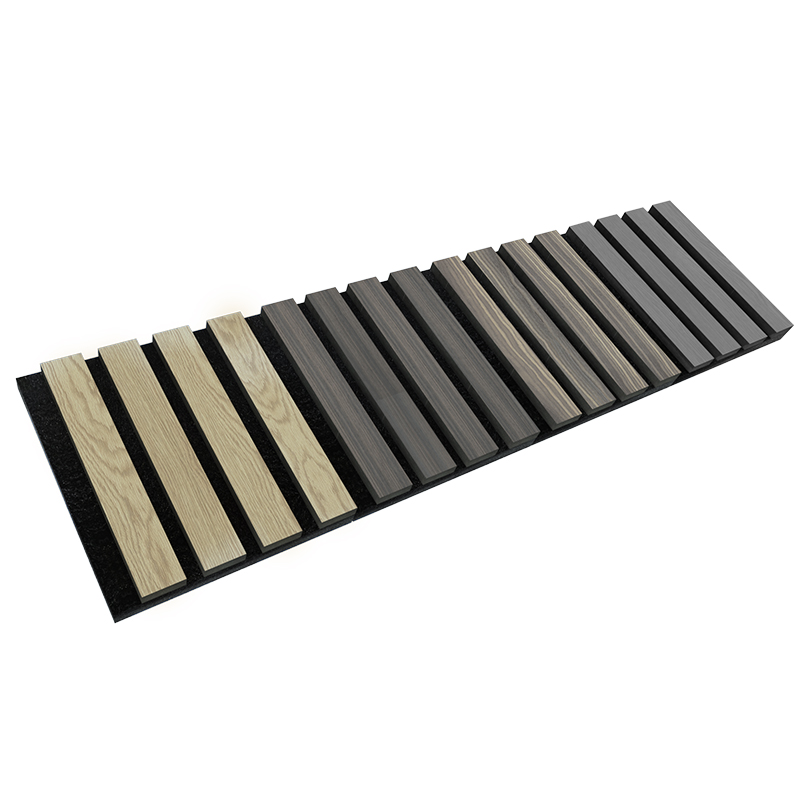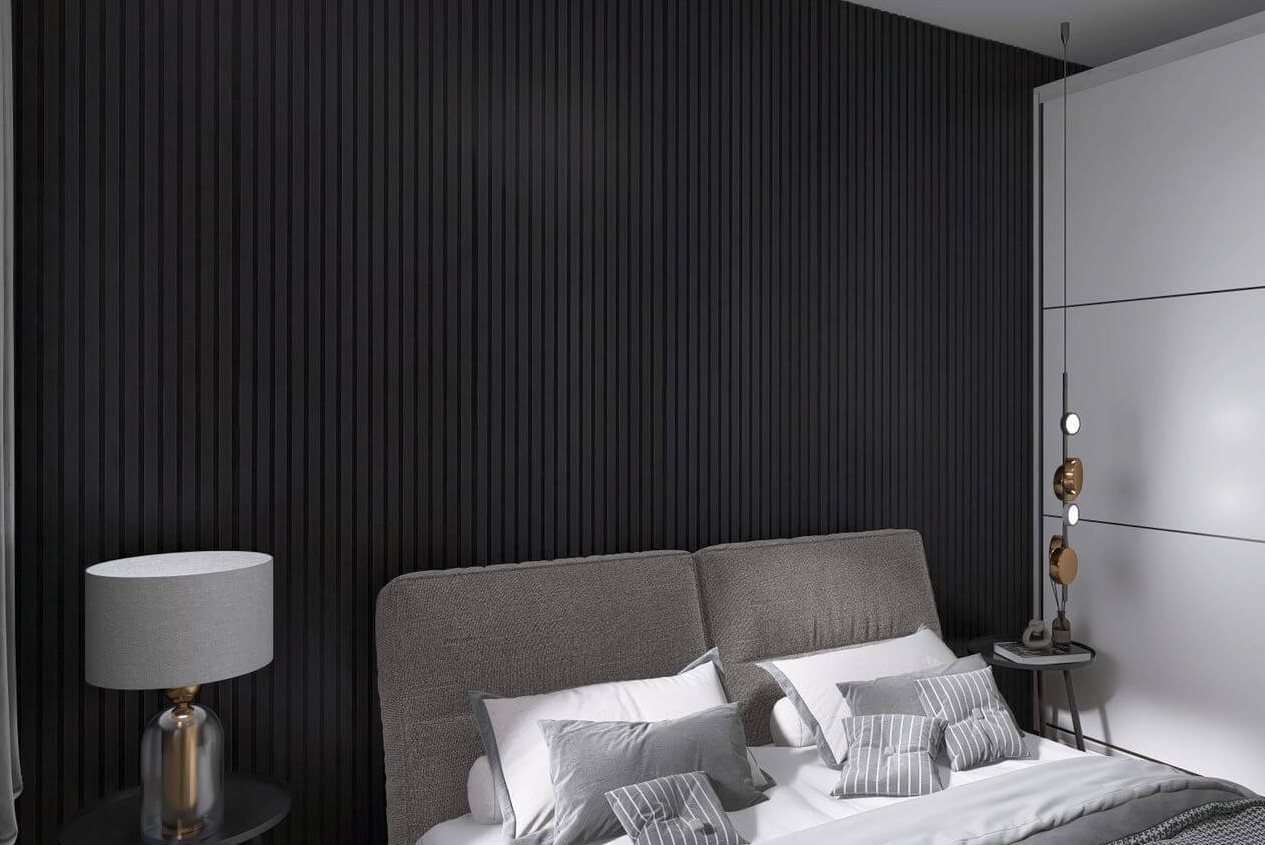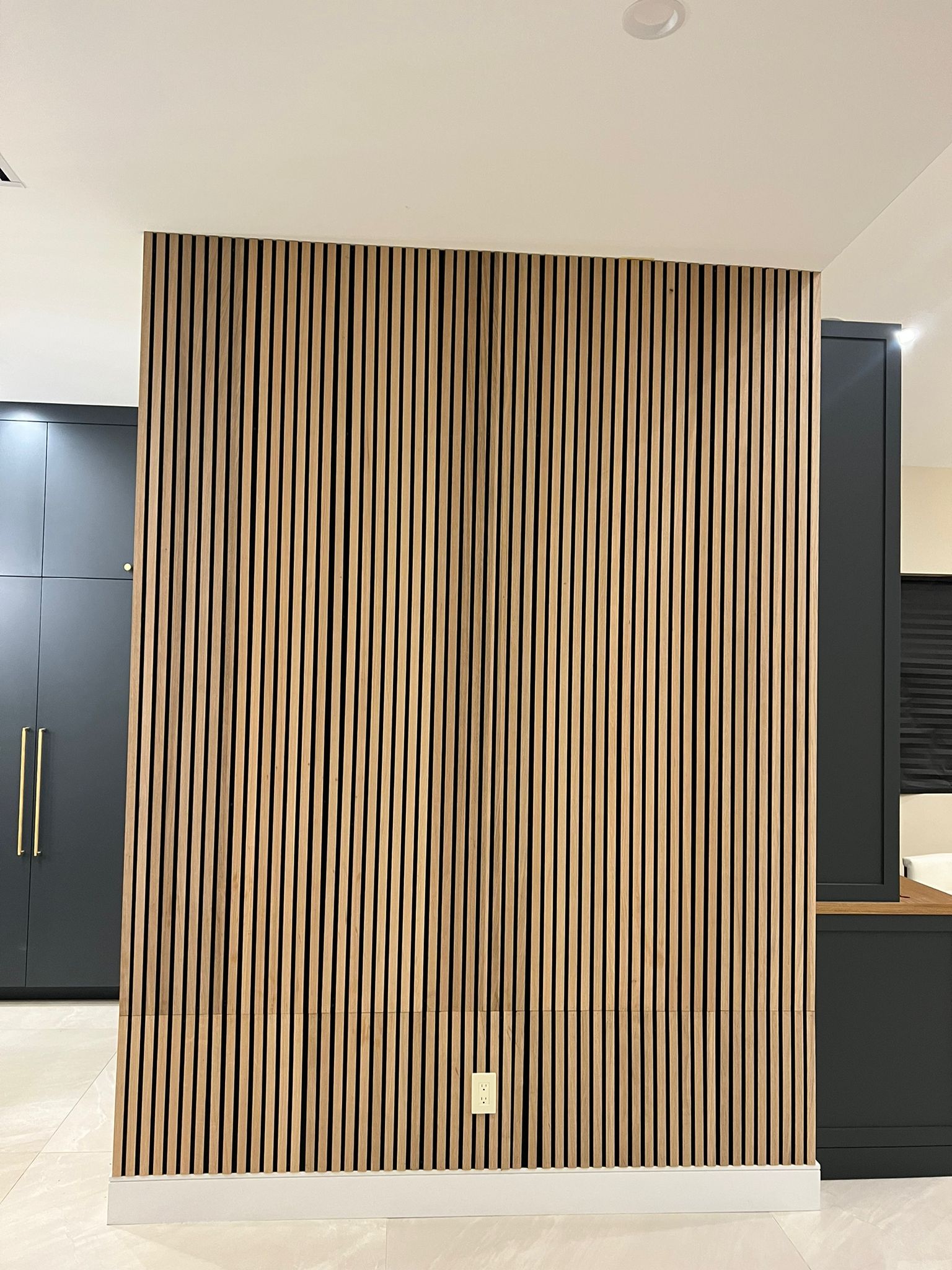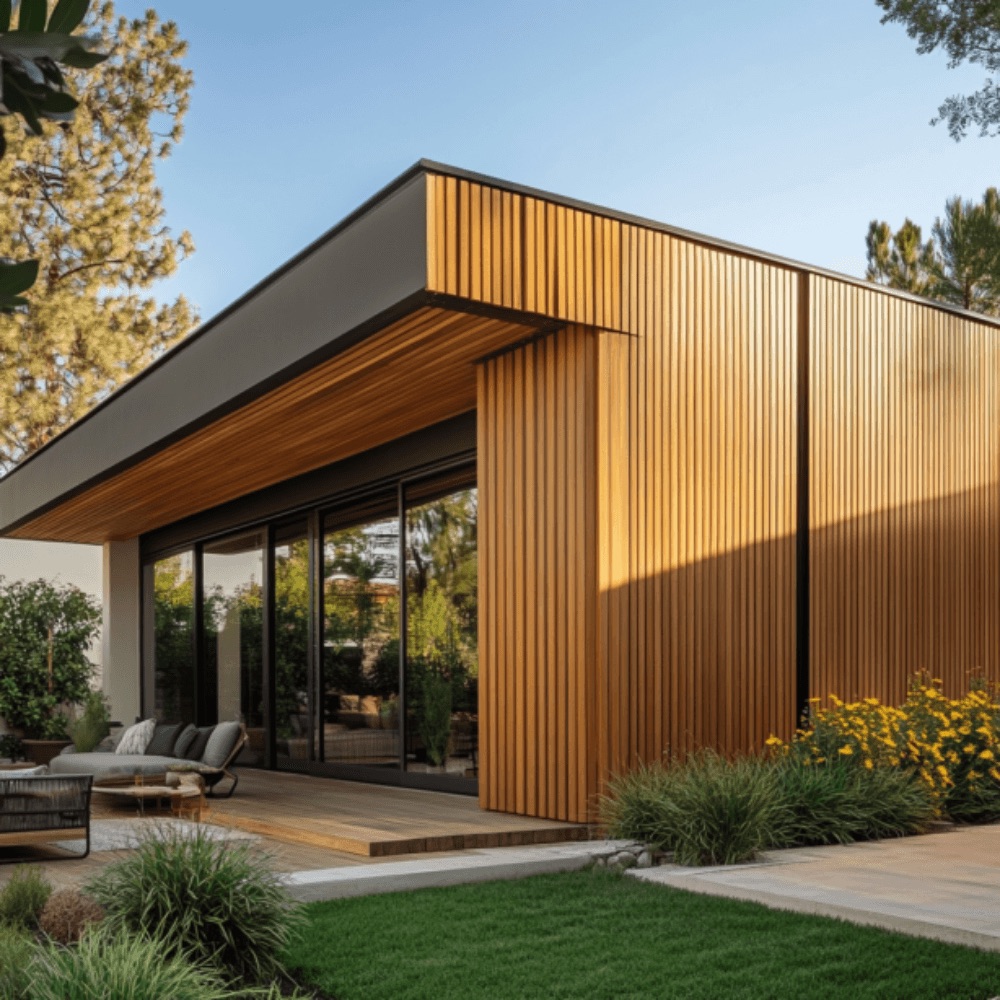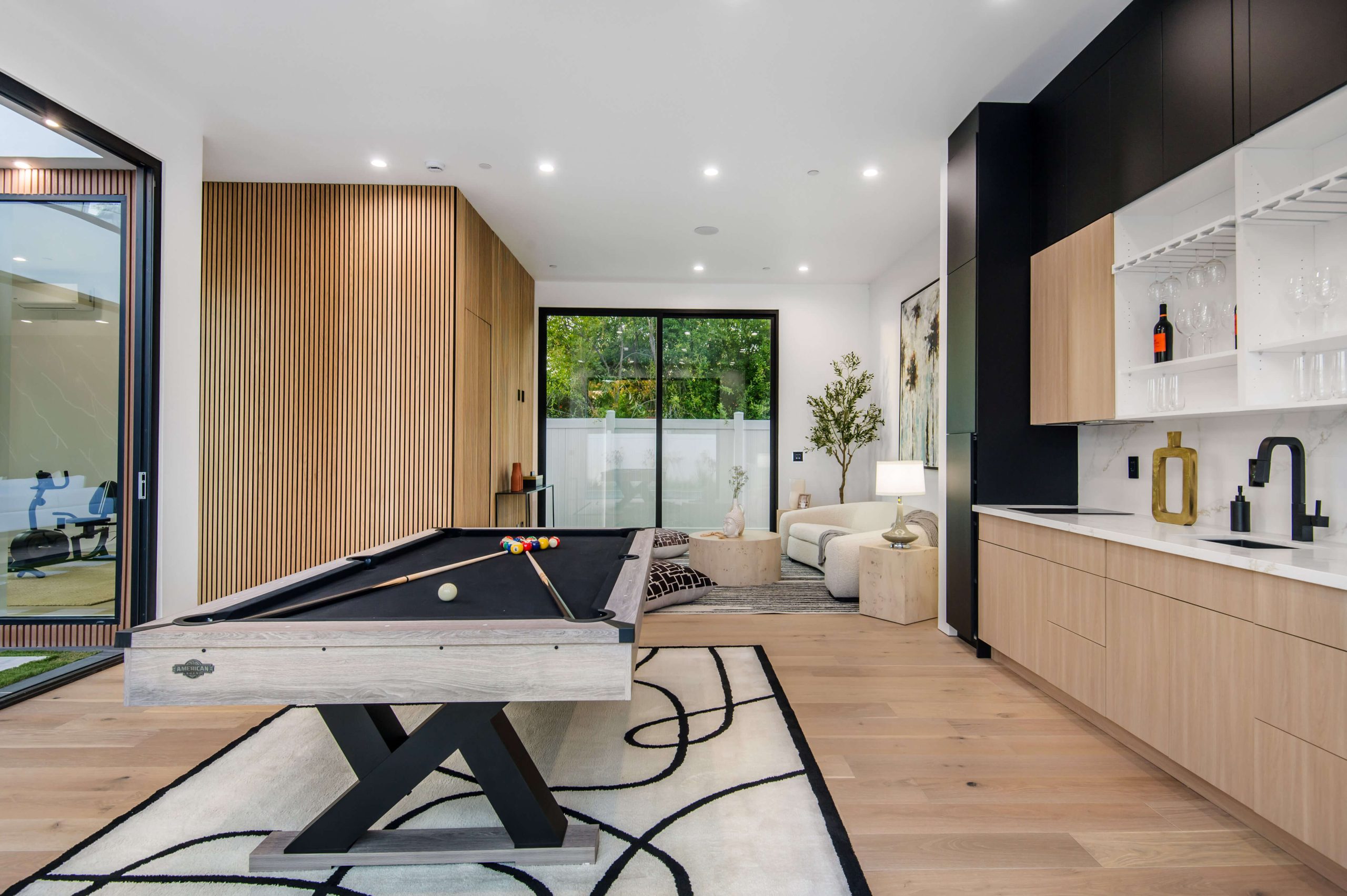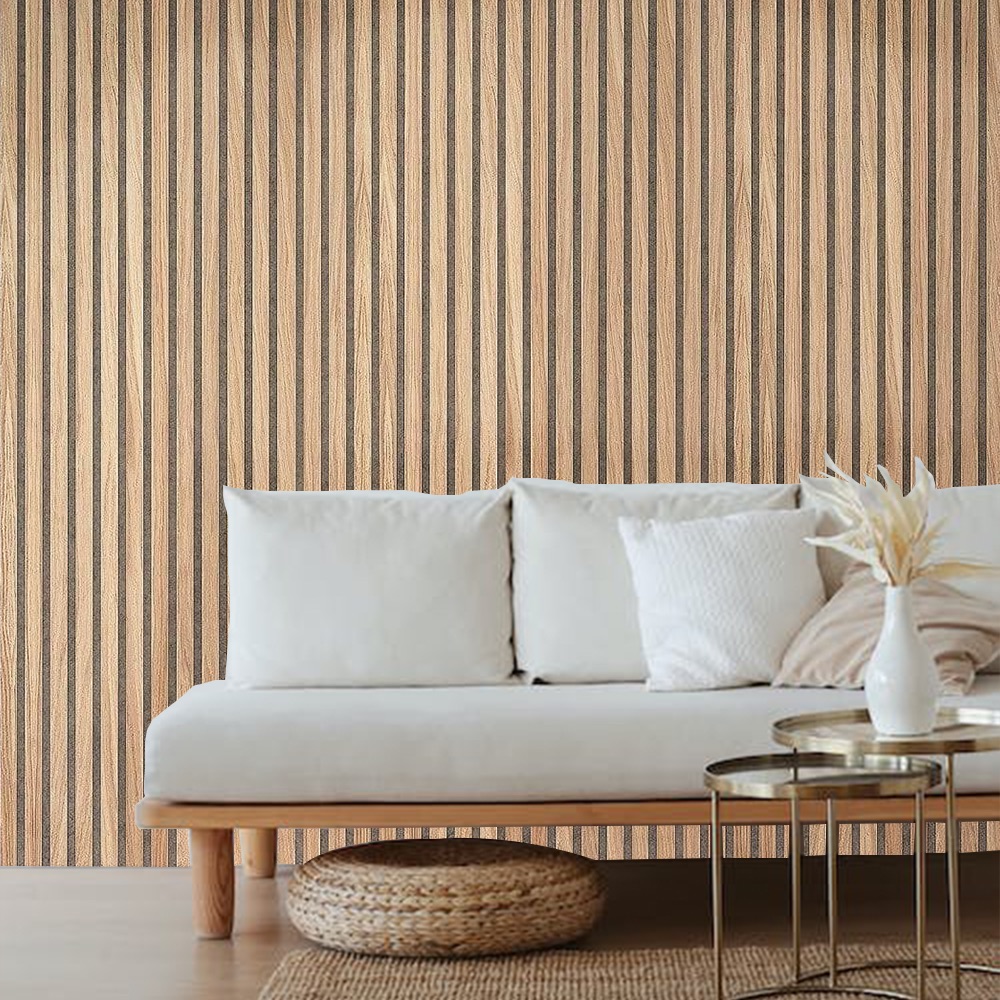There’s something about timber walls that brings a room to life. That soft grain, the warm tones, the way light bounces off each slat—it all adds a rich, natural feel that modern homes are loving right now. But not all wood is made equal, especially when it comes to building slat wall panels. Choosing the best wood types to use can make a big difference in how your walls look, feel, and last over time.
We’ve helped many Aussie homeowners and renovators find the perfect wood for their space, and we know what questions usually come up. What wood looks best? Which one lasts the longest? Is there a type that’s easier to install or better for moisture? Let’s break it down, plain and simple.
Best Wood Types to Use for Slat Wall Panels in Living Areas
Living rooms are the heart of most homes. This is where we chat, chill, or kick back after a long day. The timber you pick for your slat wall panels here should look beautiful while staying strong against daily wear and tear. The best wood types to use in living areas balance style and durability without costing a fortune.
Top Picks for Living Rooms:
- Tasmanian Oak
This Aussie hardwood is a favourite. It’s got a soft honey tone that works with modern and rustic homes. It sands well, takes stain like a champ, and is easy to work with. - American Walnut
Dark and moody, walnut gives off a luxe look. It’s smooth, rich in colour, and feels bold on a feature wall. - Blackbutt
Strong and light in colour, blackbutt gives a clean, fresh feel to open spaces. Great for minimalist designs.
Why They Work Well:
- They’re all stable and won’t warp easily.
- They add warmth to the room without overpowering it.
- They’re widely available and suit lots of design themes.
Choosing the best wood types to use here means thinking about how much sunlight your room gets, how much traffic passes through, and what mood you want your space to have.
Best Wood Types to Use for Slat Wall Panels in Wet Areas
Moisture is the big enemy when it comes to timber in bathrooms, kitchens, or laundry spaces. If you’re planning to install slat walls in these areas, you’ll want timber that handles humidity like a pro. That’s why the best wood types to use in wet zones have natural resistance to water and are less likely to swell or rot.
Moisture-Resistant Woods:
- Cedar
Known for its lovely scent and natural oils, cedar is great at handling dampness. It also keeps away pests like moths and bugs. - Teak
This is the king of outdoor furniture for a reason. Teak is packed with natural oils and stays strong even in the steamiest bathrooms. - Accoya
A newer timber that’s been specially treated to resist moisture and decay. It looks like regular wood but works like something much tougher.
Handy Tips:
- Always seal the wood properly with a moisture-resistant finish.
- Use stainless steel screws to avoid rust stains.
- Allow air to flow behind the slats with proper spacing.
When you’re picking the best wood types to use in wet areas, don’t just think about looks. Think long-term performance, and how much upkeep you’re okay with.
Best Wood Types to Use for Slat Wall Panels in Commercial Spaces
Shops, cafes, offices, and even gyms are using slat wall panels to add texture and personality to their spaces. The best wood types to use in commercial areas need to look sharp but also survive high traffic and heavy use.
Woods That Hold Up in Busy Spots:
- Plywood with Veneer Finish
Looks great and costs less. You can get a walnut or oak veneer to match your theme without using solid hardwoods. - Spotted Gum
A tough Aussie timber with stunning colour variations. It’s dense and built to last, even when bumped or knocked. - Reclaimed Timber
For businesses wanting an eco vibe, reclaimed wood tells a story. Each panel is unique, with a lived-in look that feels warm and real.
Quick Pros List:
- Stronger timbers won’t dent or scratch easily.
- You can match the wood to your brand’s vibe.
- Easy to clean options mean low maintenance.
If you’re after the best wood types to use in public-facing or high-touch areas, durability and ease of care are key. You want it to still look amazing after years of use.
Best Wood Types to Use for Slat Wall Panels Based on Colour and Finish
Sometimes it’s all about the colour. Light timbers feel breezy and open. Dark woods add drama and richness. The best wood types to use based on colour help you shape the mood of your space.
By Timber Tone:
| Wood Type | Tone | Best Use Area | Finish Compatibility |
|---|---|---|---|
| Ash | Pale/White | Scandinavian Rooms | Takes whitewash well |
| Walnut | Dark Chocolate | Moody Bedrooms | Loves oil finishes |
| Victorian Ash | Warm Pink Tones | Living Spaces | Clear coats pop best |
| Jarrah | Reddish Brown | Statement Walls | Enhances with gloss |
Each timber here gives you a unique look. The best wood types to use also depend on how you plan to finish them. Some soak up stains better, others pop more with a simple oil rub.
Best Wood Types to Use That Are Budget-Friendly
Not everyone has the budget for premium hardwoods, and that’s perfectly okay. The best wood types to use on a budget can still look fantastic without breaking the bank. It’s all about smart choices and creative finishes.
Affordable Options That Look Great:
- MDF Slats with Timber Veneer
These mimic the look of real timber but cost way less. - Radiata Pine
Light, soft, and easy to cut. It stains well and works great for DIY slat walls. - Bamboo Panels
Technically a grass, not wood—but it’s strong, fast-growing, and has a cool modern look.
Extra Tip:
Mix and match! Use a more expensive wood just for one feature wall, and go budget-friendly for the rest. When painted or stained properly, even basic woods can look high-end.
Choosing the best wood types to use doesn’t mean you have to spend big. Sometimes it’s about being clever with what you’ve got.
Slat wall panels aren’t just about decorating a space—they’re about building something lasting and meaningful. Whether you’re chasing warmth in your lounge, moisture resistance in your bathroom, or an eye-catching wall in your café, the timber you choose matters. With the best wood types to use, you’re not just adding a wall—you’re adding character, charm, and something that feels truly yours.
Let us help you bring your vision to life, one timber slat at a time.
1. What’s the best wood type to use for slat wall panels in my living room?
For living rooms, we recommend Tasmanian Oak, Blackbutt, or American Walnut. These options offer a great balance of natural beauty, long-lasting strength, and easy maintenance. If your style leans modern, go for lighter tones like oak or blackbutt. If you’re after a richer, moodier look, walnut is perfect.
2. Can I use wood slat panels in wet areas like bathrooms or kitchens?
Yes, but you’ll need moisture-resistant wood like Cedar, Teak, or Accoya. These timbers naturally resist water damage and mould. Just make sure the panels are sealed properly and there’s airflow behind them to avoid trapping moisture.
3. I’m on a budget—what’s the most affordable wood option for slat walls?
Budget-friendly doesn’t mean boring! You can use Radiata Pine, MDF with timber veneer, or even bamboo. They’re all easy to work with and can be stained or painted to look just like high-end hardwoods.
4. How do I choose the right colour or wood tone for my space?
Think about the mood you want. Light woods (like ash or pine) feel bright and airy. Dark woods (like walnut or jarrah) add warmth and depth. Matching the timber to your existing flooring or furniture also helps create a cohesive look.
5. Do slat wall panels require a lot of maintenance?
Not at all! Once installed, they’re pretty low-maintenance. Just dust them regularly and wipe with a damp cloth. If you’re using wood in damp areas, check your sealant every year to make sure it’s still doing its job.

